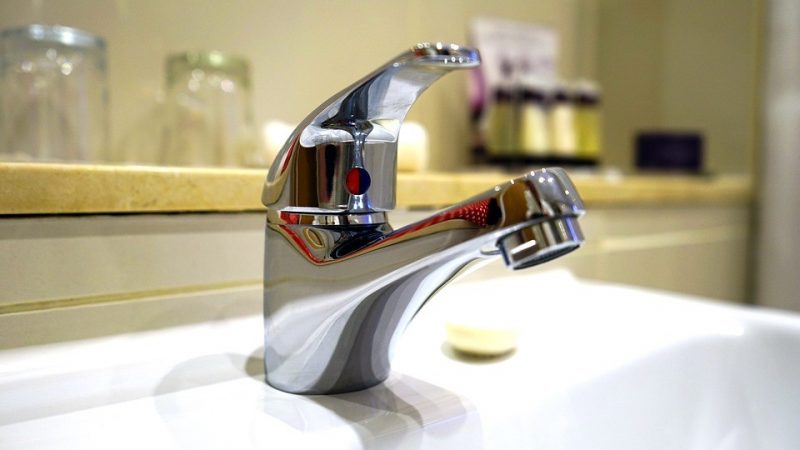Save Energy and Money with Smart Use of Hot Water
Usually, when we talk about saving energy at home, we always consider heating costs as one of the highest. This is true, and more so in times of winter and in certain geographical areas where it is colder. But, sometimes we forget the expense of hot water, which is, after heating, the second greatest consumer of energy in the home.
How to save hot water
In fact, it is estimated that of the typical energy bills we receive for our homes, between 20% and 30% of the expense can be attributed to the use of hot water
No doubt this is a figure that is significant for our personal finances. Think about what 30% of your energy bill is, whether electricity, gas or other fuel. We need to consider improving as much as possible our habits related to the consumption of hot water since, effectively, we can obtain significant savings throughout the year.
Basic things about saving hot water at home
First, we must be clear about the level of consumption of hot water, and this, in turn, has a lot to do with the use we make of hot water in our homes.
Although it is difficult to make an exact calculation (if we do not have the bill in front of us) we know that when we keep a hot tap open the average consumption is around 12 liters per minute, this can be even greater if it is a shower or high-pressure taps, like those that baths tend to have.
Obviously, the level of water consumption is a part of daily routines and habits at home. It is precisely here where we need to start since the overall rationalization of water use in addition to contributing to sustainability and being good for the environment, is always a good idea for our pocket.
On the other hand, in many cases, we use the taps without really considering the consumption of hot water. But every time we activate our boiler or water heating system we start an energy consumption process: the consumption of hot water and the consumption of energy to keep the water warm or to heat it.
How to improve water saving at home
Actually, as users, there are at least three different areas we need to have an impact on that will allow us to start saving hot water, these would be the following:
Good use and maintenance of the elements related to hot water
We should always ensure the good condition of our taps, stopcocks, pipe insulation, etc. Also, we need to avoid at all costs drips and water leaks, and of course ensure taps are fully turned off when not in use. Filters or diffusers fitted to taps should also be regularly cleaned. Water saving diffusers can be incorporated into practically all tap models – and they significantly reduce water consumption.
Good choice and good maintenance of the hot water boiler
Regardless of whether the hot water boiler will be used exclusively for this purpose or if it is shared with the production of hot water for heating, we need to choose an efficient and cost-effective boiler. Nowadays, boiler replacement is worth the investment, installing a new model with a higher performance at the cost of lower energy consumption, as it also brings added value in terms of sustainability. Keeping the boiler in good condition and learning how to use it optimally is very important and it’s important to get a boiler repair licensed person to assist in any boiler repairs; sometimes we ignore basic issues such as the optimal regulation levels, the temperatures at which the boiler works better, etc.
Rational use of water
In the same way when we talk about water consumption in general, when we talk about hot water consumption, we must face the fact that water is a scarce resource. Water consumption generates a double expense in the case of hot water. Again, an efficient boiler is an essential investment for long-term savings and sustainability.
How much can be saved with hot water?
It is difficult to establish an exact measure of consumption per household in terms of the energy value in relation to hot water, so it is also difficult to calculate what the exact savings that can be obtained might be. However, a figure of around 25% of the value of total energy consumption in cold environments that share hot water with heating systems is a rough guide.




